- Overview
- Symptoms
- Risks, Prevention & Screening
- Tests & Diagnosis
- Types
- Your Breast Cancer Care Team
- Treatment
- Living With Breast Cancer
- Remission & Recurrence
- Advanced Breast Cancer
- Support & Resources
- Appointment Prep
- View Full Guide
Advances in Breast Cancer Detection and Treatment


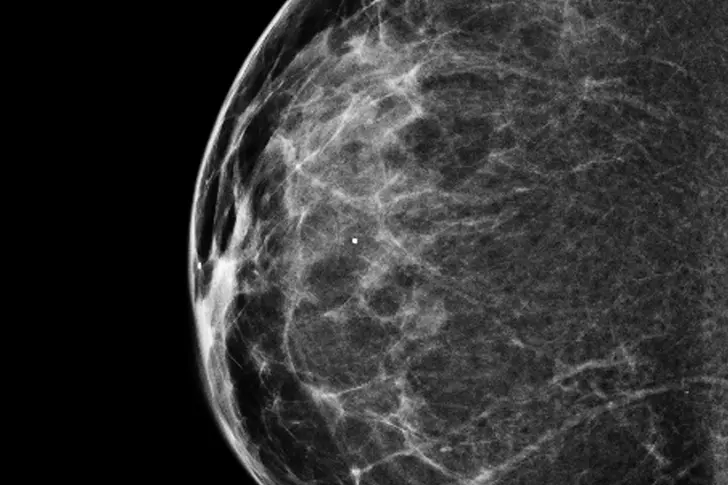
3D Mammograms
Traditional 2D mammograms take one image from the top and one from the side of your breast, but a 3D mammogram takes multiple images in an arc pattern. It combines them to form a three-dimensional image. This type of screening can help reduce the chance you’ll need a follow-up and may detect more cancers. It’s particularly helpful for women with dense breasts.

Risk-Based Screening
Researchers are working on ways to match your personal breast cancer risk factors to a screening timeline. This could catch cancer early and also reduce overdiagnosis. The best plan for you is based on your family history, genetic makeup, things in the environment, and more.
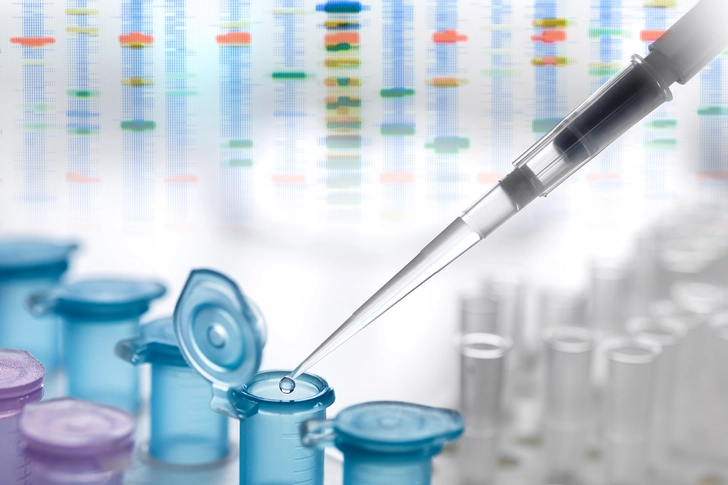
Genomic Testing
This process looks at your genome. That’s a name for the set of genes in your body. Your doctor may use your genome to better personalize your breast cancer treatment. Researchers are using information from genomic tests to learn more about breast cancer and identify new subtypes, with hopes of developing new treatments in the future.
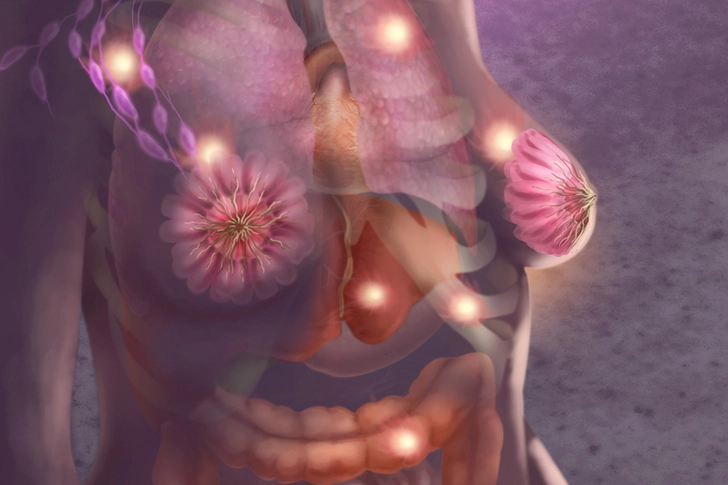
Metastatic Breast Cancer
Doctors use hormone therapies to treat hormone receptor-positive (HR+) breast cancers. Now they’re adding targeted therapies to these traditional treatments for metastatic or advanced HR+ or HER2+ breast cancers. This may keep the need for chemotherapy at bay for longer – and extend survival.

Triple-Negative Breast Cancer
New therapies for triple-negative breast cancers (TNBCs) are helping some people live longer. They include sacituzumab govitecan-hziy (Trodelvy), which treats TNBC that has spread; and pembrolizumab (Keytruda), an immunotherapy you can combine with chemo.

PARP Inhibitors
The FDA has approved two treatments for HER2-negative and TNBC that have the BRCA gene mutation: olaparib and talazoparib. These drugs are PARP inhibitors. PARP is a protein in your cells that helps them repair. By blocking it on cancer cells, PARP inhibitors promote cancer cell death. Compared to chemotherapy, PARP inhibitors can improve your quality of life when you have metastatic breast cancer.
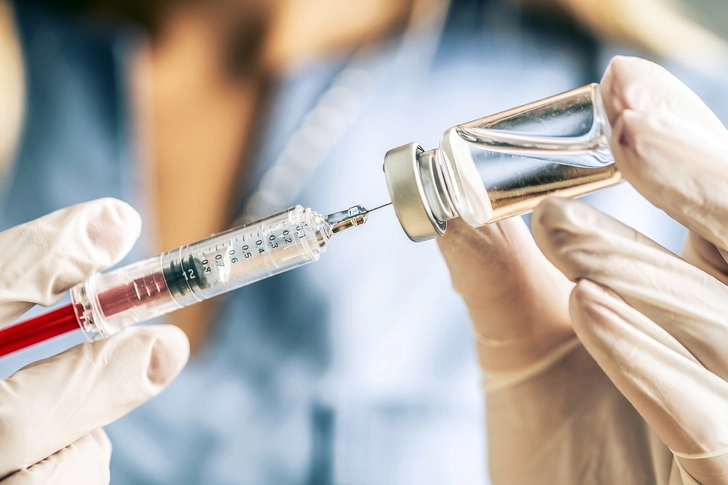
HER2-Low Breast Cancer
More than half of all metastatic breast cancers have the HER2 protein at low levels on their cell surface. Instead of calling them HER2-negative, doctors now classify them as HER2-low. Clinical trials of the drug trastuzumab deruxtecan (Enhertu) show improvement in survival rates for those with this type of breast cancer.
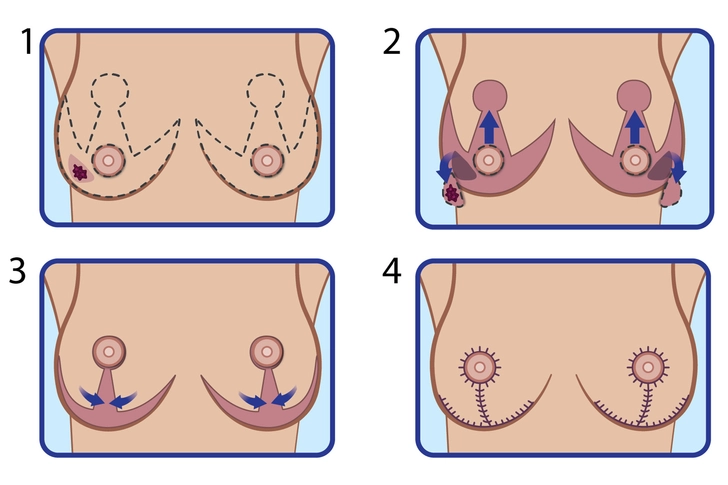
Oncoplastic Surgery
Oncoplastic surgery is a procedure where your surgeon does both a lumpectomy or mastectomy, and also reconstructive surgery at the same time. It has better cosmetic results.
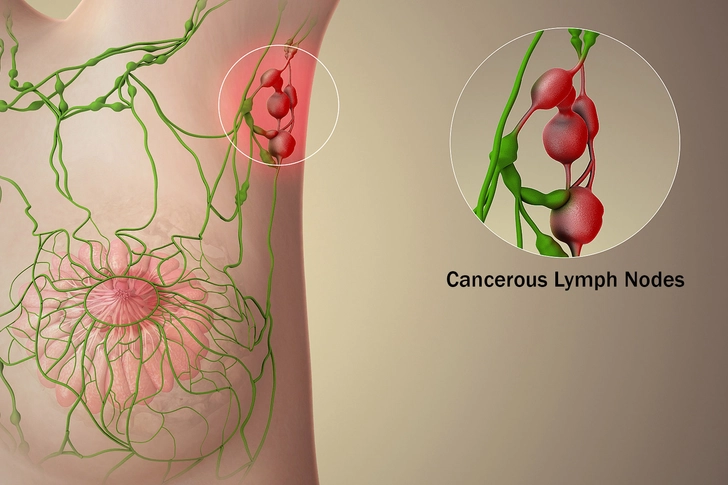
Sentinel Lymph Node Mapping
Sentinel lymph node mapping helps surgeons figure out which lymph nodes in your body are at the highest risk of having breast cancer cells. This helps narrow down which ones your doctor will remove. It also preserves more nodes, leading to a faster recovery and less swelling.
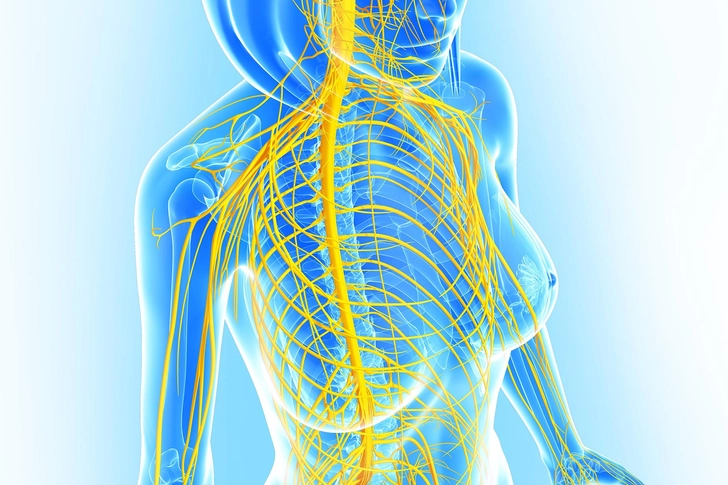
Breast Sensation Preservation
Advances in nerve-sparing and nerve-connection techniques during mastectomy and breast reconstruction surgeries are making it more likely that you can keep some feeling in your breast tissue.
IMAGES PROVIDED BY:
1) National Institutes of Health / Flicker
2) kate_sept2004 / Getty Images
3) Westend61 / Getty Images
4) Jim Dowdalls / Science Source
5) Georgiy Datsenko / Getty Images
6) KATERYNA KON / SCIENCE PHOTO LIBRARY / Getty Images
7) SimpleImages / Getty Images
8) WebMD
9) Scientific Animations / Wikipedia
10) Pixologic Studio / Science Source
SOURCES:
UCLA Health: “Breast Imaging: 3D Mammography (Tomosynthesis).”
American Cancer Society: “Mammogram Basics.”
National Cancer Institute: “Advances in Breast Cancer Research.”
Massachusetts General Hospital: “Researchers pinpoint how PARP inhibitors combat BRCA1 and BRCA2 tumor cells.”
npj Breast Cancer: “PARP inhibition in breast cancer: progress made and future hopes.”
FDA: “FDA Approves First Targeted Therapy for HER2-Low Breast Cancer.”
Breastcancer.org: “Lumpectomy Plus Radiation Offers Better Survival Rates Than Mastectomy for Early-Stage Breast Cancer.”
MD Anderson: “Sentinel lymph node biopsy: What cancer patients should know.”
Johns Hopkins Medicine: “Can Breast Reconstruction Also Preserve Sensation?”